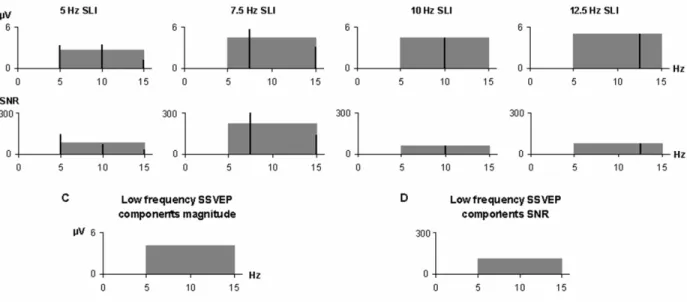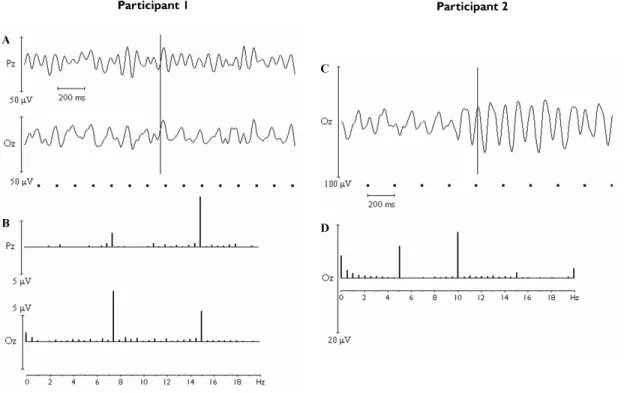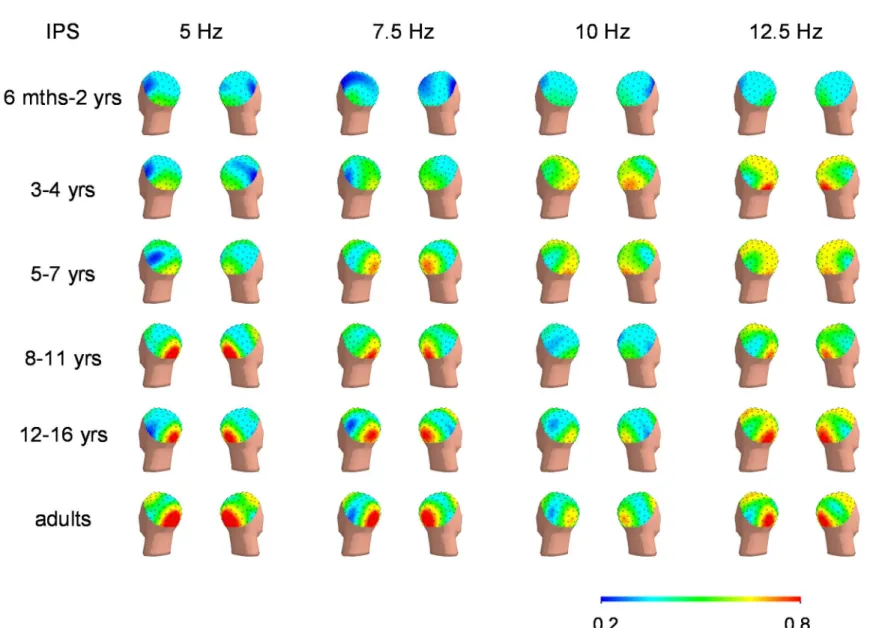Caractérisation électro-clinique des convulsions fébriles et risque d’épilepsie
Texte intégral
Figure




Documents relatifs
The model was used to predict the effects of modulation rate, depth, stimulus duration, and modulation phase on FMDTs in the presence of an AM masker on the sole basis
Besides, the description of the re-entrainment process implies the analysis of adhesion and capillary forces between the particle and the surface, the inertia of the particle when
Thus, 10 hospital laboratories with expertise in culture of Legion- ella species performed both prospective and retrospective surveys of Legionella species isolated from the
More precisely, it is possible to perform formal asymptotic expansions for weakly nonlinear surface waves, and to derive a well-posed amplitude equation even though the
Dans notre service LA COELIOSCOPIE est devenue le traitement de référence de la lithiase vésiculaire symptomatique, pour les patients et pour les chirurgiens, en
The best description of the rigorous results is achieved by the simplest form of the amplitude equations in (16), corresponding to the analytical expression (24). The ZZ-line
comparing brain response amplitudes overall, especially those with different temporal dynamics or following different stimulus presentation rates. Note that it is does not
For each earthquake, coloured dots represent the inverted apparent duration at the stations used, according to the colour scale given for each case; the azimuthal distribution





